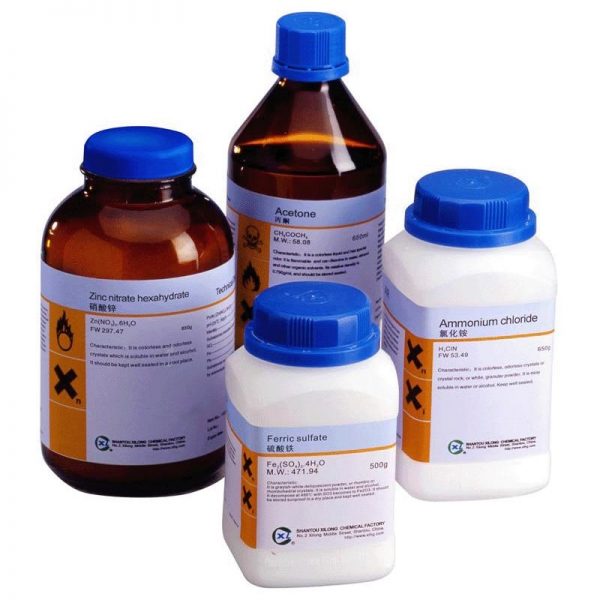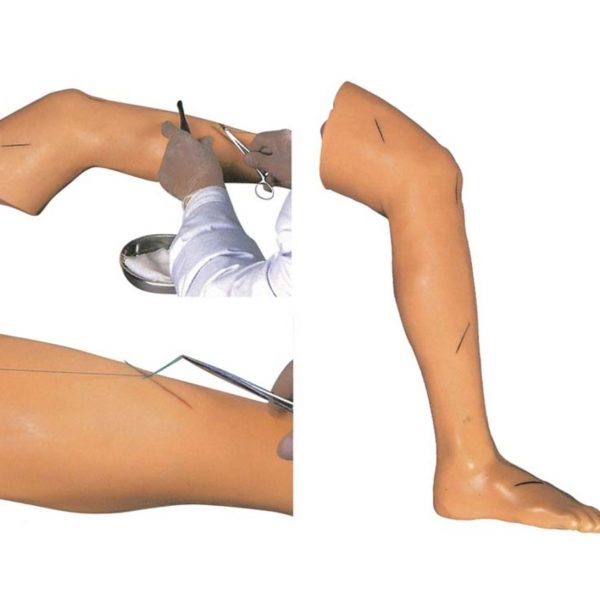Suction Training Model
Suction Training Model
Specifications
2-parts
Size: 43x25x35cm
Material: PVC


€530,00 incl. VAT
Suction Training Model
Specifications
2-parts
Size: 43x25x35cm
Material: PVC
1. Suction tube can be inserted into nasal cavity and oral cavity, and simulated sputum can be suctioned.
2. Suction tube can be inserted into trachea and bronchia through nasal cavity or oral cavity. And trainers can observe the interior operation and simulate intubation and suction.
3. Suction tube can be inserted into trachea and bronchia through tracheotomy cann ula. And trainers can observe the interior operation and simulate intubation and suction.
4. By taking off one half of the face, the intubating position can be confirmed, and the anatomical structures of nasal cavity, pharynx, oral cavity and cervix can be learned. The trainers can exercise suction skill under straight observation, and improve the effectiveness of the training.
In medicine, devices are sometimes necessary to create suction. Suction may be used to clear the airway of blood, saliva, vomit, or other secretions so that a patient may breathe. Suctioning can prevent pulmonary aspiration, which can lead to lung infections. In pulmonary hygiene, suction is used to remove fluids from the airways,[1] to facilitate breathing and prevent growth of microorganisms. Small suction-providing devices are often called aspirators.
In surgery suction can be used to remove blood from the area being operated on to allow surgeons to view and work on the area. Suction may also be used to remove blood that has built up within the skull after an intracranial hemorrhage.[2]
Suction devices may be mechanical hand pumps or battery or electrically operated mechanisms. In many hospitals and other health facilities, suction is typically provided by suction regulators, connected to a central medical vacuum supply by way of a pipeline system. The plastic, rigid Yankauer suction tip is one type of tip that may be attached to a suction device. Another is the plastic, nonrigid French or whistle tip catheter.
Closed Suction System
Open Sterile Technique
A Cochrane review that included results from 16 trials concluded that suctioning with either closed or open tracheal suction systems did not have an effect on the risk of ventilator-associated pneumonia or mortality. They reported that more studies of higher methodological quality are required, particularly to clarify the benefits and hazards of the closed tracheal suction system for different modes of ventilation and in different types of patients
Μπορείτε να δείτε περισσότερες πληροφορίες για την Αναρρόφηση εδώ:
https://www.onmed.gr/ygeia/story/323505/anarrofisi-ti-kanoume-otan-symvei

